This week's column by Ctein
[Temperatures given in Celsius —Ed.]
As you may recall, I'm going to be going to Yellowknife in two weeks to (hopefully) see and photograph aurora borealis. Pretty cool. 'Cept that the problem is it's likely to be more than just pretty cool. It could well be hell-freezing-over cold. Mean lows at that time of year are –25° Celsius, but 10° swings from that aren't uncommon.
Luckily, I was in Minneapolis in the latter part of January when it got hit by several (more) nasty cold snaps. A perfect opportunity to field-test my Olympus E-M5 and its lenses.
Wednesday night was predicted to hit –27° Celsius, not getting above –25° until 10 a.m. Thursday morning. Wednesday evening I had a date, so I stuck the camera kit on the floor of the car in a plastic bag and left it to soak in the cold. When I left my girlfriend's apartment around midnight the outside temperature was down to –20°. I figure the camera had probably equilibrated at –15° inside the car, so it was a good time to run a preliminary test.
The Olympus made several proper exposures with the Panasonic 20mm ƒ/1.7 lens, focusing and changing aperture as it was supposed to. The battery indicator for the cold-soaked battery was indeed in the red "I'm empty" zone, but the camera still worked. The OELD (organic electroluminescent display) [Note: Not OLED, which stands for organic light-emitting diode —Ed.) viewing screen and eye level viewfinder were fully responsive and didn't look different from normal use. A promising start. I popped the gear back into the plastic baggie, put it back on the floor of the car, and let it cold-soak overnight.
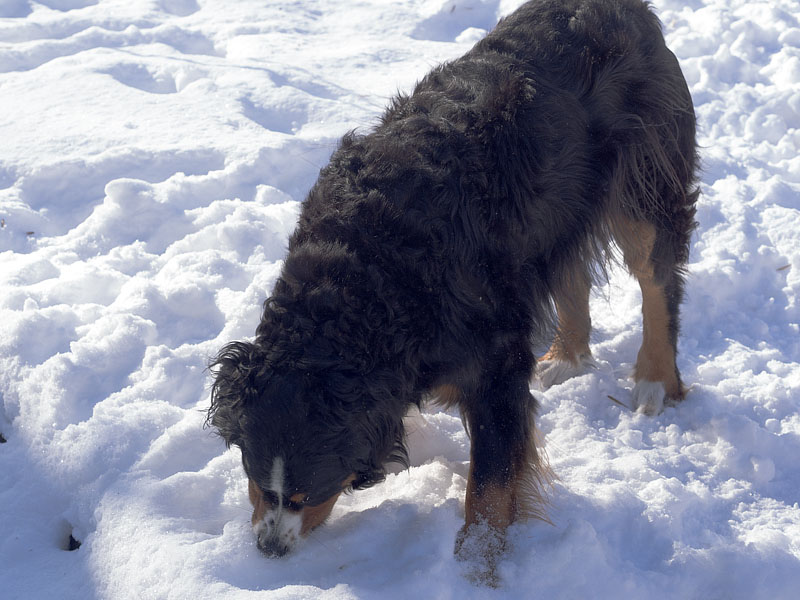 Fig. 1. At –25° Celsius, the Olympus E-M5 with 45mm lens performed just fine. ISO 200, ƒ/5.6 @ 1/160th sec.
Fig. 1. At –25° Celsius, the Olympus E-M5 with 45mm lens performed just fine. ISO 200, ƒ/5.6 @ 1/160th sec.
The following morning, when the temperature was down around –25°, I tested all my gear in earnest. The cold-soaked battery was dead, but it revived in a few minutes in my pocket. My 45mm ƒ/1.8 lens also worked perfectly, as figure 1 shows. Exposure and focus did what they were supposed to. Figure 2 shows a 100% section of the part of the frame where the camera was auto-focusing. On the nose!
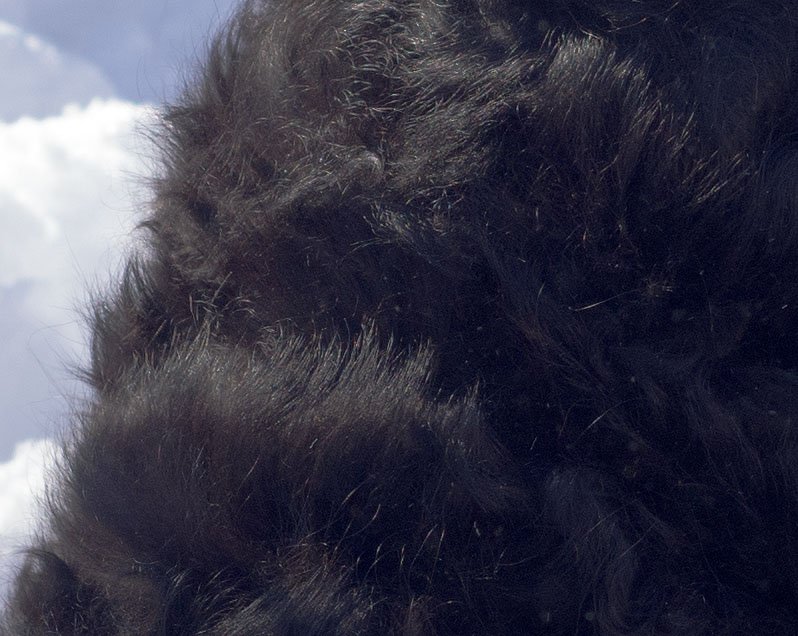 Fig. 2. A 100% section of figure 1, showing that the camera system was focusing accurately.
Fig. 2. A 100% section of figure 1, showing that the camera system was focusing accurately.
The 14–42mm kit lens was also unfazed by the chilly weather. So far so good. Only one lens gave me problems—that so-so 12mm ƒ/2 Olympus lens. It wouldn't focus reliably (figure 3). It was because of the triply-damned (literally, in my review) manual focus ring. That was a uselessly inept implementation to begin with. Now it was an actual handicap. The ring's lubricant became too stiff at –25°, hampering the movement of the focusing mechanism.
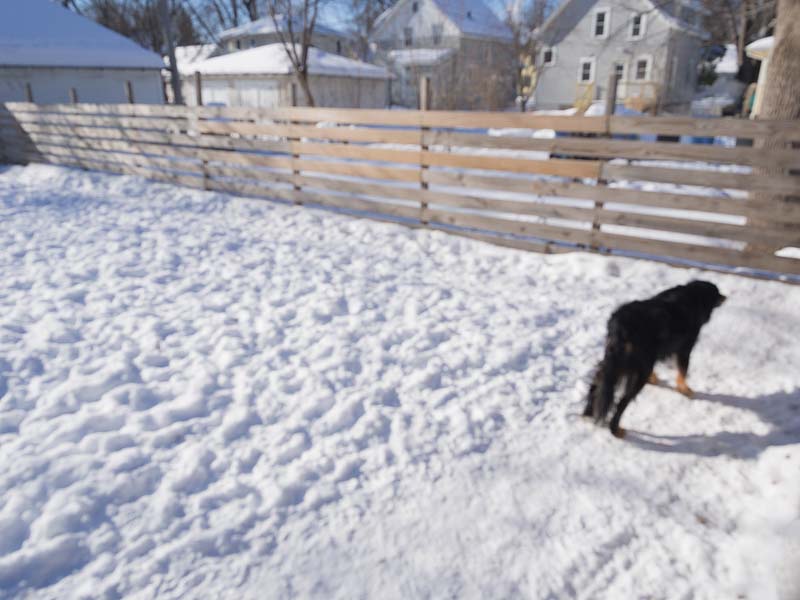 Fig. 3. The 12mm ƒ/2 Olympus lens had focusing problems in cold weather.
Fig. 3. The 12mm ƒ/2 Olympus lens had focusing problems in cold weather.
Understand that this lens always does electronically-controlled focusing: The focusing ring does not mechanically couple to the lens—it just sends a signal to the camera that then instructs the lens to change focus. Consequently, the poorly-operating focus system wasn't any more reliable in manual mode than autofocus mode. I discovered if I racked the focusing ring back and forth several times, the innards would loosen up enough that focusing became semi-functional. Most of the time, then, it worked (figure 4); occasionally it didn't.
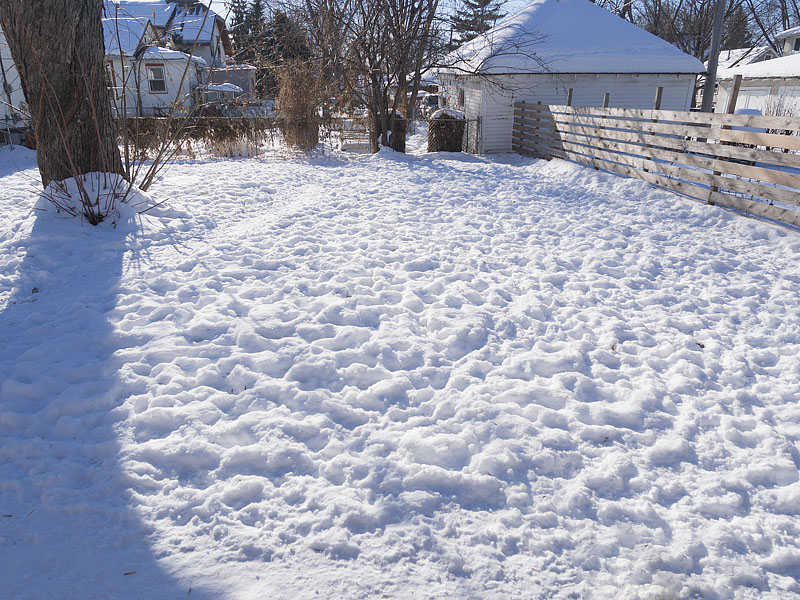 Fig. 4. Running the manual focus ring back and forth several times made the 12mm's autofocus work most of the time (ƒ/5.6 @ 1/640th sec.).
Fig. 4. Running the manual focus ring back and forth several times made the 12mm's autofocus work most of the time (ƒ/5.6 @ 1/640th sec.).
I may still try to use the lens in Yellowknife. Its optical shortcomings wouldn't impact my aurora photography, and it would be nice to have a fast, wide lens. I just won't rely on it heavily.
I decided to try and catch some action photos of the crazy dogs romping in the snow. Man, those Bernese mountain dogs can really move when they want to, and they sure do love cold (Tara is happily eating snow in figure 1). I opened up the 45mm lens to get the shutter speed nice and short, around 1/2500 sec, and what do I get? Figure 5. Aw, hell—I was sure I'd broken something in the camera or the lens. I popped the lens off and made a couple of bare-body snaps. Similar results. It wasn't the lens; it had to be the camera.
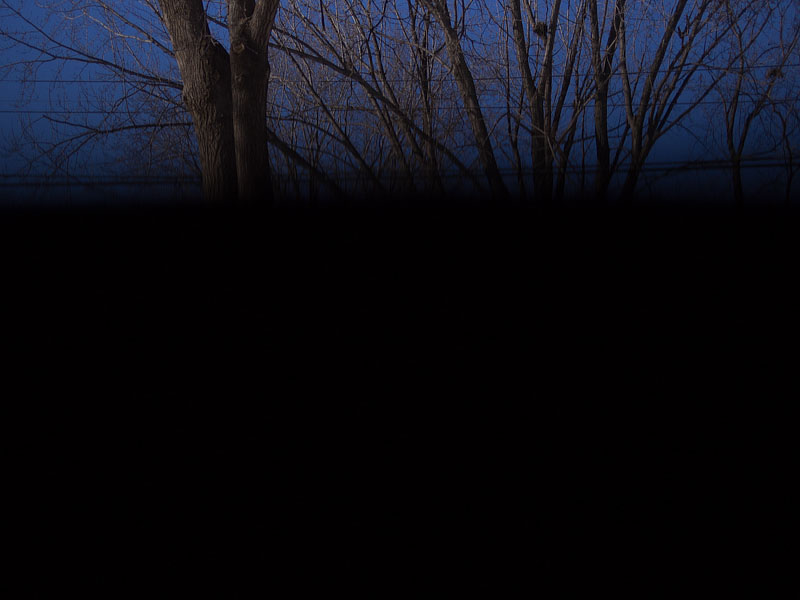 Fig. 5. Really short exposures don't work at –25°! At 1/2500 sec, most of the frame is unexposed.
Fig. 5. Really short exposures don't work at –25°! At 1/2500 sec, most of the frame is unexposed.
I fiddled around and managed to figure it out before total panic set in. The camera's shutter curtains weren't actuating quite as fast in the extreme cold. I was fine with exposures longer than a millisecond. The frame progressively darkened with shorter exposures. Whew! Nothing broken—all I needed to do was avoid exposures less than 1/1000 of a second.
I think I can do that.
The next night when it got down to "only" –20°, I ran some nighttime tests, to make sure that longer exposures and high ISO settings worked fine. No problems, as the ISO 800 photographs in figure 6 shows. Made, not so by the way, with that 12mm lens after racking the focus ring back and forth several times to shake things loose.
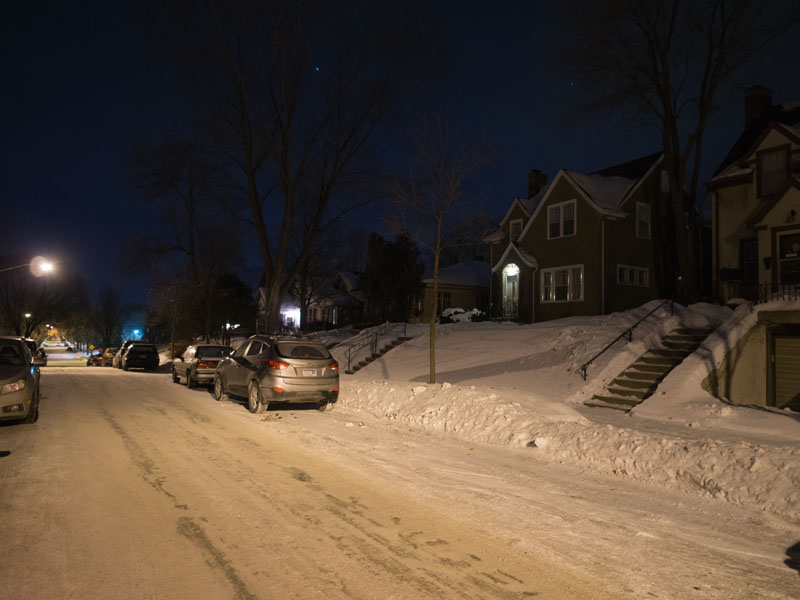 Fig. 6. Long, high-ISO nighttime exposures aren't a problem at low temperatures (ƒ/5.6, ISO 800 @ 1.3 sec.).
Fig. 6. Long, high-ISO nighttime exposures aren't a problem at low temperatures (ƒ/5.6, ISO 800 @ 1.3 sec.).
Interestingly, and disappointingly, the cold weather didn't make any difference in the noise characteristics of the camera so far as I could see. Initially, I had the impression that I was seeing about a 2/3 stop improvement in noise at –25° Celsius. But, when I did a really careful analysis, making sure to match regions of comparable exposure in the comparison photographs, I couldn't see any obvious difference. Not that I'm complaining about the noise characteristics of the E-M5, but I wouldn't have minded squeezing out a little more speed. Aurora is tough stuff.
What's important, though, is that my camera gear checks out. The camera and most of the lenses will perform just fine. The 12mm is questionable, but it might work. And, oh yeah, I'll have plenty of battery packs to swap, so that when one gets chilled a warmer one can take its place.
I've got my winter clothing. Fifteen days will see me in Yellowknife, and I'll find out if all this prep pays off.
Ctein
Ctein's column appears on Wednesdays on TOP.
©2014 by Ctein, all rights reserved
Original contents copyright 2014 by Michael C. Johnston and/or the bylined author. All Rights Reserved. Links in this post may be to our affiliates; sales through affiliate links may benefit this site.
(To see all the comments, click on the "Comments" link below.)
Featured Comments from:
Rob Smith: "I regularly shoot in cold weather, down to –30°C, and have never had an issues with any equipment. Using a D300 and various Nikon lenses. I also have used battery powered strobes in the field too, they were fine, my fingers were bloody freezing though. I generally ignore temp ratings in instruction manuals as I assume some level of Winter testing is done by manufacturers. The main thing is to keep any spare batteries near your body. And if possible, wear a thin pair of running gloves, and then mitts over the top. Then you don't have to expose your hands completely when you want to change settings."
Ctein replies: Yes, I spent about an hour at REI trying out different pairs of thin gloves with woolen flip-top overmittens to find the heaviest pair that would still let me manipulate the controls on my Olympus. The buttons aren't actually the limiting factor; turns out it's the catch on the battery. I expect this will do okay, but I'm taking along a set of hand warmers that I can slip inside the mittens, just in case. I'm kind of skinny, so my feet and hands get cold pretty easily. (Yes, toe warmers for the winter boots, too…just in case.)
Craig: "A friend took a external battery pack that he kept under his coat with the lead exposed [i.e., the cable attached —Ed.] to the camera; worked faultlessly and they were working further north at the temperature –40°F and C."
Ctein replies: I thought about that, but there was no chance to rig it up and try it out in cold conditions, and I'm not going with untried gear. I just bought two more third-party battery packs. All of 25 bucks, and now I've got four. That'll do.
Gordon Lewis adds: Craig, with all due respect to your friend's approach, I would avoid attaching any cables between the camera and yourself, especially if the camera is tripod-mounted. All it takes is one careless or accidental tug on the cable and your camera and lens will plunge towards the cold, cold ground.
Ctein adds: That worried me too.


